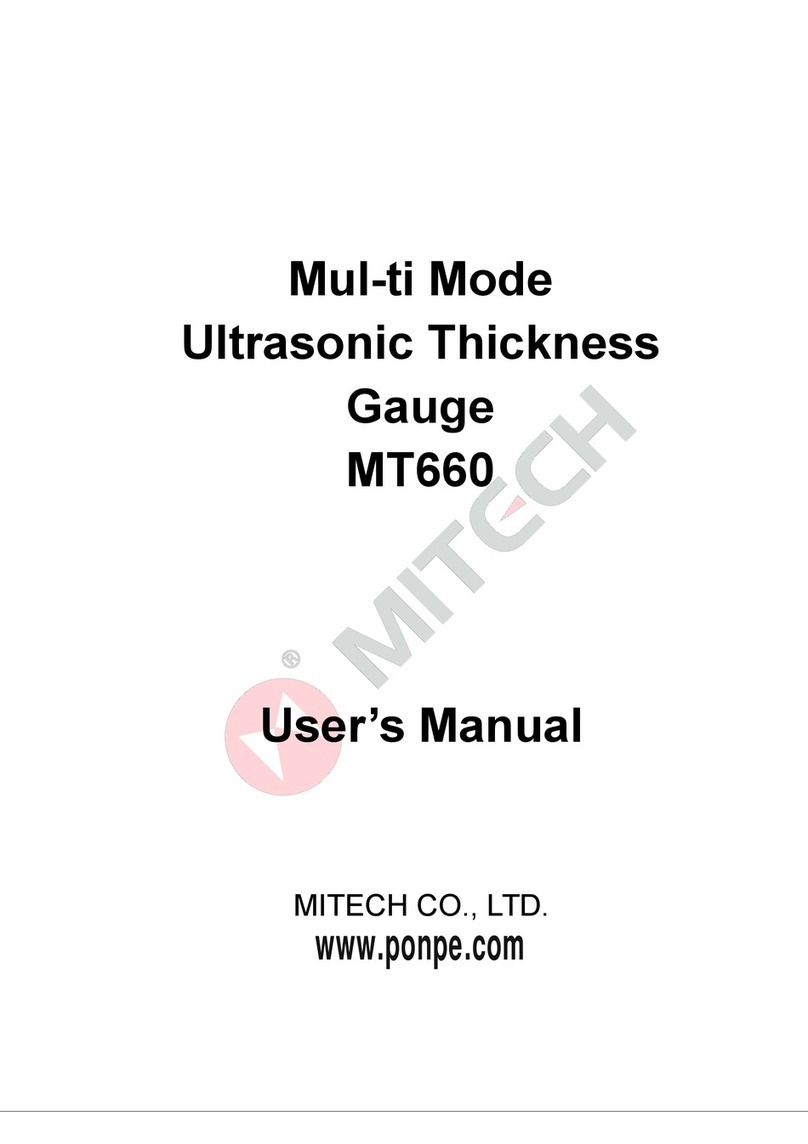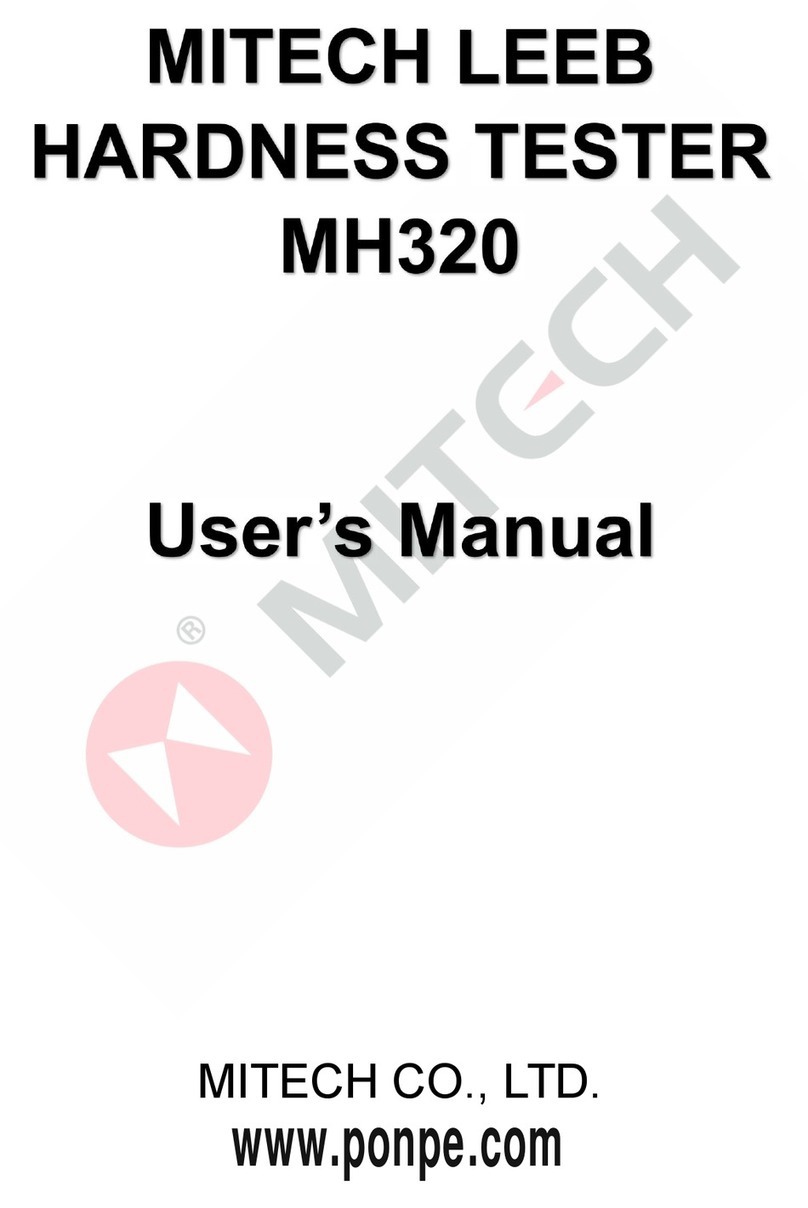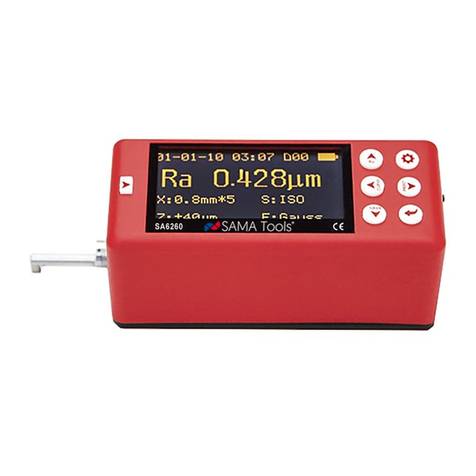
CONTENTS
1 Overview................................................................................................................................................................. 3
1.1 Advantages................................................................................................................................................ 3
1.2 Main Application &Testing Range.......................................................................................................... 3
1.2.1 Main Application.....................................................................................................................................3
1.2.2 Testing Range.........................................................................................................................................3
1.3 Technical Specifications...........................................................................................................................4
1.4 Configuration............................................................................................................................................. 4
1.5 Working Conditions...................................................................................................................................5
1.6 Safety Instructions.................................................................................................................................... 5
2 Structure Feature &Testing Principle............................................................................................................. 5
2.1 Structure Feature...................................................................................................................................... 5
2.1.1 The Hardness Tester Appearance...................................................................................................... 5
2.1.2 Parts of the Main body.......................................................................................................................... 6
2.1.3 D Type Impact Device...........................................................................................................................7
2.1.4 Different Types of Impact Device........................................................................................................7
2.2 Main Screen...............................................................................................................................................7
2.3 Keypad Definitions....................................................................................................................................8
2.4 Leeb Hardness Testing Principle............................................................................................................9
3 Preparation.............................................................................................................................................................9
3.1 Instrument Preparation and Inspection................................................................................................. 9
3.2 Impact Device Selection.......................................................................................................................... 9
3.3 Preparation of the Sample Surface........................................................................................................9
4 Testing Program................................................................................................................................................. 10
4.1 Start-Up.................................................................................................................................................... 10
4.3 Localization.............................................................................................................................................. 10
4.4 Testing.......................................................................................................................................................10
4.5 Read Measured Value............................................................................................................................11
4.6 Notification................................................................................................................................................11
5 Operation Detail.................................................................................................................................................. 11
5.1 Power On/Off........................................................................................................................................... 11
5.2 Material Setting....................................................................................................................................... 12
5.3 Hardness/Strength testing.....................................................................................................................12
5.4 Impact Direction Setting........................................................................................................................ 12
5.5 Average Times Setting...........................................................................................................................12
5.6 Data logging.............................................................................................................................................12
5.6.1 Viewing stored file/Group...................................................................................................................13
5.6.2 Deleting selected file/Group.............................................................................................................. 13
5.7 Print Function.......................................................................................................................................... 13
5.7.2Print the stored data.............................................................................................................................13
5.8 Date and Time Set..................................................................................................................................14
5.9 System Reset.......................................................................................................................................... 14
5.10 EL Backlight...........................................................................................................................................14
5.11 Auto Power Off...................................................................................................................................... 14
5.12 Paper Installation..................................................................................................................................14
5.13 Battery Charge......................................................................................................................................14
5.14 Battery Replacement........................................................................................................................... 15
5.15 Connecting to a Computer..................................................................................................................15
5.16 Error Code Reference..........................................................................................................................15
6 Maintenance & Servicing................................................................................................................................. 15
6.1 Impact Device Maintenance................................................................................................................. 15
6.2 Instrument Maintenance Program....................................................................................................... 15
6.3 Fault Analysis & Evacuation................................................................................................................. 16
6.4 Notice of Transport and Storage Conditions......................................................................................16
APPENDIX................................................................................................................................................................17
Table 1............................................................................................................................................................. 17
Table 2............................................................................................................................................................. 18

































